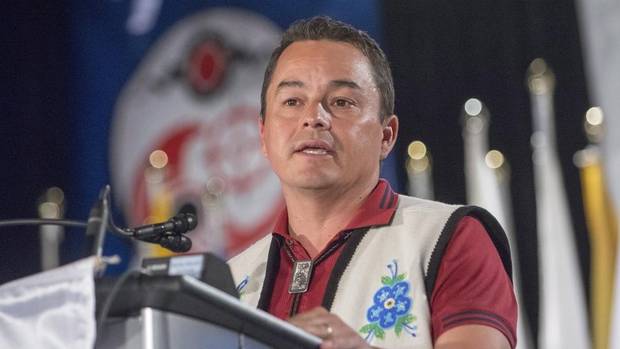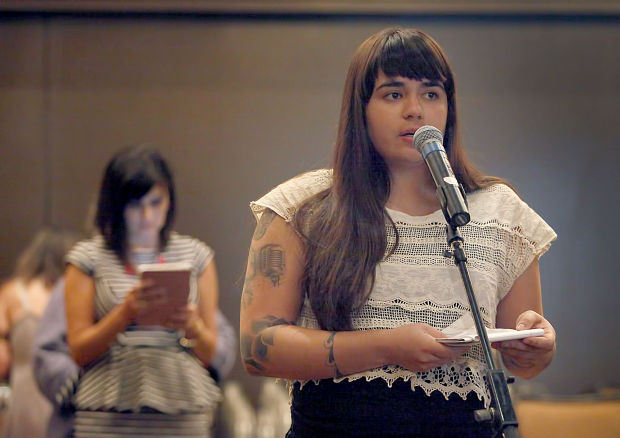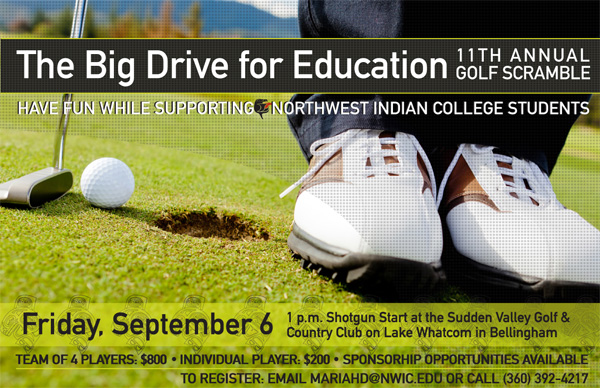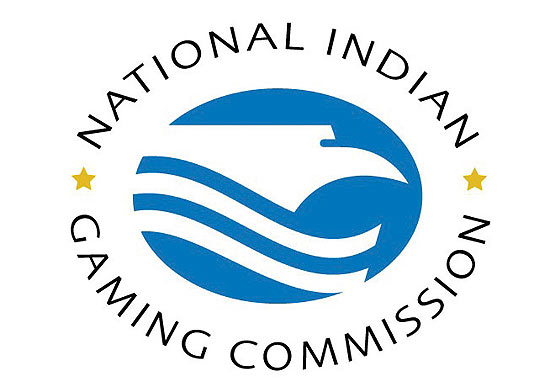By Alastair Lee Bitsoi
Navajo Times
FARMINGTON, July 25, 2013
Navajo allottees in New Mexico can now submit their Bureau of Indian Affairs probate document or state-issued small estate affidavit as a way to receive trust settlement claims from the class action suit Cobell vs. Salazar.
On July 16, Richard Levy, who was appointed by Judge Thomas F. Hogan as special master overseeing the Cobell payments, made an amendment to the class action suit, which had been in litigation between Elouise Cobell and the federal government for years.
Cobell (Blackfeet) had filed the largest class action suit against the federal government, on behalf of 500,000 holders of individual Indian trust accounts, for mismanaging and failing to account for billions of dollars in Indian assets it held in trust over the last century.
In 2010, the federal government approved a settlement worth $3.4 billion for the trust case, with the money being divvied up to compensate individual account holders, buy back lands and restore them back to tribal nations, and set up a $60 million scholarship fund.
Levy’s July 16 amendment allows for the BIA probate and small estate affidavit forms to serve as conduits to expedite payments to beneficiaries, both Individual Indian Money class account holders and trust administration class holders of the suit.
“This should help,” said David Smith, attorney with the Cobell class action suit, in a July 18 interview with the Navajo Times at the Farmington Civic Center.
Smith, along with Garden City Group CEO Jennifer Keough and Ervin Chavez, president of the association of Navajo allottees known as Shi Shi Keyah, saw more than 800 people turn out for meetings in Twin Lakes and Farmington last week. The meetings were a chance for Navajo allottees to hear updates on the Cobell case and the status of payments from the Garden City Group, the firm charged with administering settlement claims for the 500,000 Native American allottees.
Initially, the court had only allowed state and tribal probate forms to be used for allotment settlement claims, which only processed about 88 percent of them, Chavez said.
Chavez, who filed a friend of the court brief in the Cobell case on behalf of Navajo allottees, said that Levy’s amendment only helps allottees, most of whom already have the BIA probate documents in hand to process for their claims.
“The judge accepted that amendment to the settlement and that’s going to help a lot of families get money from the settlement,” he said.
With the special master’s amendment, Smith is hoping the 7,409 Navajo people whose whereabouts are unknown to the BIA get processed for payment. It’s also a way for heirs to process through the probate system to acquire payments of their deceased relatives.
One of the 800 people to show up at the GCG meeting on July 18 was 31-year-old Tim Beyale of Nageezi, N.M. He has allotments near Nageezi, N.M and Chaco Culture National Historical Park.
Beyale didn’t know if it was worth pursuing his claim through the Garden City Group, mostly because the $1,000 payment from his late father’s allotment would be split among his siblings and a stepmother he learned about at the time of his father’s death. The payment from his own allotment, he said, added up to a “Chiclet” amount.
The Garden City Group was on hand with computer booths and staff helping Navajo allottees like Beyale process their claims. Booths were also set up at the Twin Lakes Chapter meeting on July 17 for allottees from that region of the reservation.
For LaVone Royston, the amendment allows for her to fill out a small estate affidavit to expedite payments from her late mother’s allotments as well as mineral payments from oil companies that drill on the allotments.
“Her estate is still going through the probate process,” Royston said, which is due in part to the original terms of the Cobell settlement.
Royston, who is an accountant, attended the meeting in Farmington to also find out why the documents her mother used to receive from the oil companies ceased coming when she died in 2011.
“Since she passed away, I can’t get anything,” she said.
What Royston did learn, however, from GCG is that she can’t have access to her mom’s financial records because the land acquisition is still in probate and a federal privacy act prevents heirs from accessing that information until they get the probate document.
According to Chavez, the Navajo Area BIA office told allottees in Twin Lakes they were backlogged with probate cases for the next 13 years. Crownpoint District Judge Irene Toledo also attended the meeting in Twin Lakes to get clarity on the settlement and reportedly told Chavez, Smith and GCG officials most of her cases are tribal probate ones.
But with the option of filing a small estate affidavit with a New Mexico county, Royston is hopeful to process through the probate system more quickly.
“I am going to file,” she said. “I can do it a lot faster and don’t have to wait for a BIA hearing.”
The first round of payments was distributed in 2012 to Individual Indian Money Account holders, who held an account from October 25, 1994 to Sept. 30, 2009. These beneficiaries are also known as individuals of the historical accounting portion of the settlement. They each received a $1,000 payment.
Smith anticipates the second round of payments to be released this fall to those allottees who didn’t process through during the first round of payments. These allottees are known as the “trust administration” class, with an open account from 1985 to Sept. 30, 2009. The second round of payments will be no less than $800 for some allotees, Smith said.
Delores Hesuse, on behalf of her late father, Henry Hesuse, who founded the Shi Shi Keyah group, said she was glad that Judge Hogan agreed to the amendment in the suit.
From her experience and what she’s seen with other allottees, they would spend over a month within the legal system to get their land probated with the original terms of the case.
“I finally got what the Garden City Group and Cobell lawyers were saying,” she said. “Everybody was lost within our system. They only knew of the federal probate.”
Information: contact the Garden City Group at 888-404-8013 or visit www.indiantrust.com.
Contact Alastair L. Bitsoi at 928-871-1141 or by email at abitsoi@navajotimes.com.























